Marijuana Plant
- November 7, 2023
- 0 comment
The marijuana plant, scientifically known as Cannabis sativa, is a versatile and controversial herb that has been cultivated for centuries for various purposes. It is renowned for its psychoactive properties, primarily due to the presence of the chemical compound tetrahydrocannabinol (THC), which interacts with the human endocannabinoid system, resulting in altered states of consciousness and relaxation.

In recent years, it has gained widespread attention for its potential medicinal uses, with compounds like cannabidiol (CBD) being explored for their therapeutic benefits. The marijuana plant typically features palmate leaves and is dioecious, meaning it has separate male and female plants, with the female plants being the most prized for their flower buds, which contain the highest concentration of THC.

Its long and complex history spans across cultures and legal landscapes, reflecting an ongoing debate regarding its legality and potential risks and benefits. As research continues to unfold, the marijuana plant remains a subject of fascination and controversy, with a complex interplay between recreational use, medicinal applications, and regulatory policies.
| Characteristics | Description |
| Scientific Name | Cannabis sativa |
| Family | Cannabaceae |
| Genus | Cannabis |
| Plant Type | Annual herb |
| Height | Typically ranges from 3 to 20 feet (0.9 to 6 meters) |
| Leaves | Palmate with serrated edges |
| Flowers | Small, greenish, and unremarkable, with female plants producing the highly prized flower buds |
| Growth Cycle | Dioecious, meaning there are separate male and female plants |
| Primary Compounds | Tetrahydrocannabinol (THC) and Cannabidiol (CBD) |
| THC Content | Varies widely but can range from 3% to over 30% in some strains |
| CBD Content | Varies between strains but is generally lower than THC |
| Cultivation | Grown in a range of climates but thrives in warm and temperate conditions |
| Harvest Time | Typically in the late summer or early fall |
| Uses | Used for medicinal, recreational, and industrial purposes |
| Legal Status | Varies greatly by region, with some places permitting recreational and medicinal use, while others strictly prohibit it |
Botanical Beauty of the Marijuana Plant
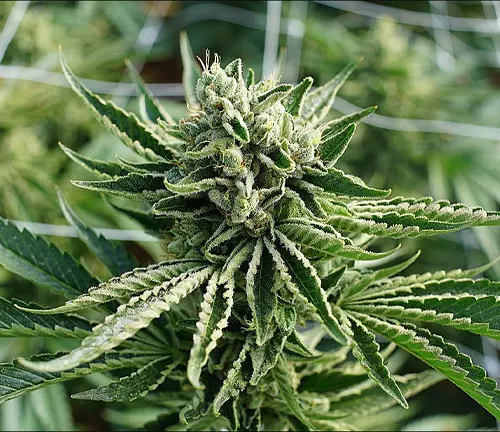
The marijuana plant, scientifically known as Cannabis sativa, boasts a remarkable botanical beauty that often remains overshadowed by its controversial reputation. Its leaves are palmate, featuring serrated edges that give the plant an elegant appearance. The plant’s stature can range from three to twenty feet, adding a touch of woodland charm to its surroundings. Its unassuming greenish flowers might not catch the eye, but the real marvel lies within the female plants, which produce the coveted flower buds containing the plant’s most intriguing compounds.
Woodland Elegance
In the wild and when cultivated, the marijuana plant exudes woodland elegance. Its tall, slender stalks and palmate leaves create a lush, vibrant canopy that can transform any landscape. Whether nestled among other plants or standing proudly in its own space, Cannabis sativa adds a touch of natural grace.
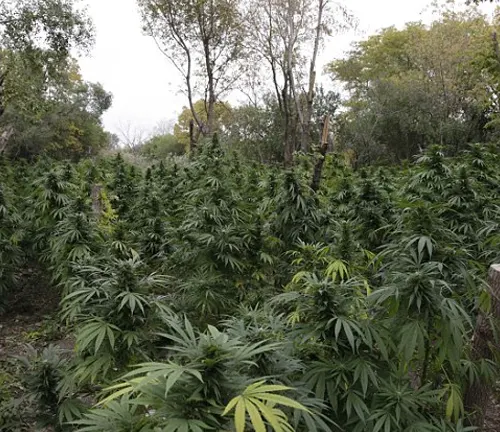
Ecological Importance
Beyond its aesthetic appeal, the marijuana plant holds ecological significance. Its deep roots help prevent soil erosion, stabilizing landscapes, and promoting soil health. Furthermore, the plant’s dense foliage provides a habitat for various insects and wildlife, contributing to local biodiversity.

Cultivation and Conservation
The cultivation of the marijuana plant is an age-old practice, dating back thousands of years for its fibers, seeds, and medicinal properties. However, as strains have been selectively bred for higher THC content, there’s a growing need for conservation efforts to preserve the plant’s genetic diversity and maintain its ecological benefits.
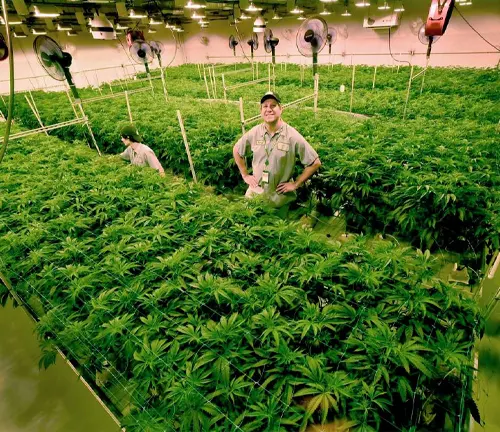
Fragrance
A subtle yet distinctive fragrance wafts from the marijuana plant, particularly from its flowering buds. The aroma can range from earthy and musky to sweet and citrusy, depending on the strain. Many enthusiasts appreciate this scent, which can be invigorating and soothing at the same time.
Soil Stabilization
One of the marijuana plant’s lesser-known roles is in soil stabilization. Its extensive root system helps prevent soil erosion and conserves precious topsoil, making it an unsung hero in maintaining the structural integrity of ecosystems.
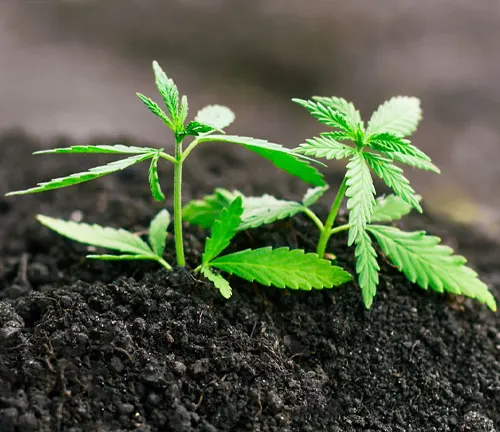
Common Uses
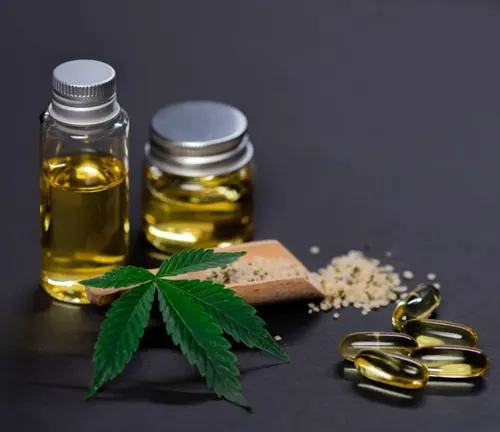

The marijuana plant has a diverse array of applications. Historically, its fibers have been used for textiles, ropes, and paper. Its seeds are a source of highly nutritious hemp oil and food products. Medicinally, various compounds, including THC and CBD, are being explored for their potential therapeutic benefits, from pain relief to anxiety management.
Benefits
The marijuana plant offers a host of potential benefits. Beyond its recreational use, its medicinal applications continue to be a subject of extensive research. Compounds like CBD have shown promise in treating conditions like epilepsy and chronic pain, offering hope to those in need of alternative treatments. Additionally, hemp-based products contribute to sustainable and eco-friendly industries.
Different Species
Cannabis sativa
This is one of the most well-known species and is often associated with tall, slender plants with narrow leaves. Sativa strains are known for their uplifting and energizing effects, making them popular for daytime use. They are typically higher in THC content.
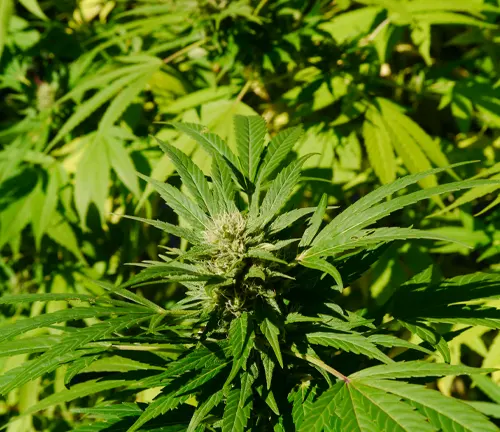
Cannabis indica
Indica strains are generally shorter and bushier with wider leaves. They tend to have a more relaxing and sedating effect, making them preferred for nighttime use. Indica strains are also known for their higher CBD content.

Cannabis ruderalis
This is a lesser-known species, primarily found in regions with harsh climates, such as Russia and Eastern Europe. Ruderalis plants are smaller and have an auto-flowering trait, which means they do not rely on light cycles to initiate flowering.
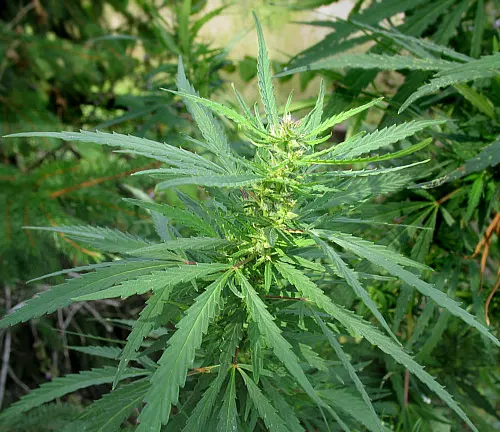
Cannabis afghanica
This subspecies is native to Afghanistan and neighboring regions. Afghanica strains are renowned for their resin production and are often used to create hashish. They tend to be indica-dominant with relaxing effects.
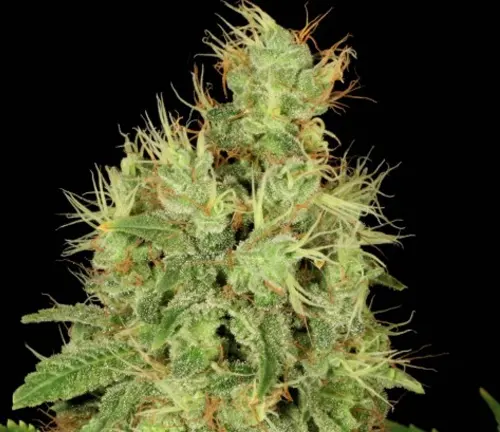
Cannabis hybrids
Many marijuana strains are hybrids, combining genetics from both sativa and indica plants. These hybrids aim to blend the best characteristics of each species to create specific effects and flavors. Hybrid strains can vary widely in their appearance and effects.
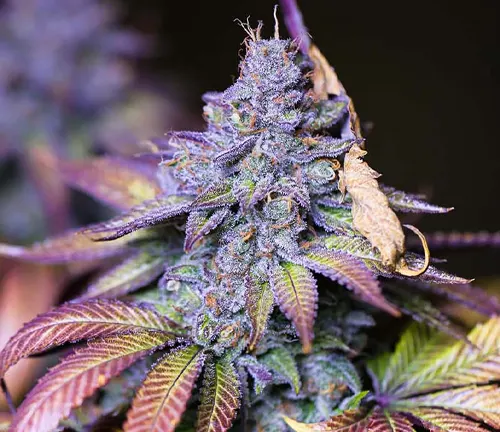
Cannabis landraces
Landrace strains are indigenous strains that have developed in specific geographic regions over centuries. These strains are often pure and have adapted to their local environment. Examples include Thai, Jamaican, and Durban Poison strains.
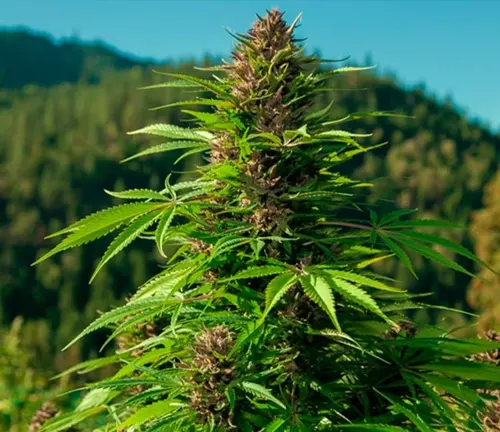
Cannabis strains
Beyond species and subspecies, there are countless individual strains, each with its unique combination of genetics, flavors, and effects. Examples of popular strains include “Blue Dream,” “OG Kush,” “Girl Scout Cookies,” and “White Widow.”
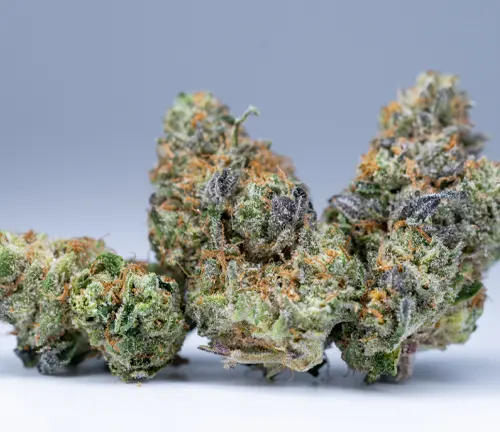
Frequently Asked Questions (FAQs)
- What is the marijuana plant?
The marijuana plant, scientifically known as Cannabis, is a versatile herb that has been cultivated for various purposes, including medicinal and recreational use. - What are the main species of the marijuana plant?
The main species of the marijuana plant are Cannabis sativa, Cannabis indica, and Cannabis ruderalis, each with distinct characteristics. - What is the difference between sativa and indica strains?
Sativa strains are known for their uplifting and energizing effects, while indica strains are more relaxing and sedating. Sativa plants tend to be taller with narrow leaves, while indica plants are shorter and bushier with wider leaves. - What are the psychoactive compounds in marijuana?
The primary psychoactive compound in marijuana is tetrahydrocannabinol (THC), but there are many other cannabinoids, including cannabidiol (CBD), with various effects. - Is marijuana legal in my area?
Marijuana’s legal status varies by region and country. It’s essential to check local laws and regulations to determine its legality. - What are the potential medical benefits of marijuana?
Marijuana and its compounds are being studied for a wide range of potential medical benefits, including pain relief, anxiety management, and epilepsy treatment. - Is marijuana addictive?
While marijuana is not considered as physically addictive as substances like opioids, some individuals may develop psychological dependence on it. - Can I grow marijuana at home?
The ability to grow marijuana at home depends on local laws. In some places, individuals are allowed to cultivate a limited number of plants for personal use. - What are the different methods of consuming marijuana?
Marijuana can be consumed in various forms, including smoking, vaping, edibles, tinctures, and topicals. The method of consumption can affect the onset and duration of effects. - What are the side effects of marijuana use?
Common side effects may include dry mouth, increased heart rate, red eyes, and impaired short-term memory. In some cases, it can lead to anxiety, paranoia, or other adverse reactions. - Can I drive or operate machinery under the influence of marijuana?
Driving or operating machinery under the influence of marijuana is generally discouraged, as it can impair cognitive and motor skills. - How long does marijuana stay in the system for drug tests?
The duration of marijuana’s presence in the body can vary but is usually detectable in urine for a few days to several weeks, depending on the frequency of use. - Can pets be affected by marijuana exposure?
Yes, marijuana can be harmful to pets if ingested. It’s important to keep marijuana products out of their reach. - Can you overdose on marijuana?
While it is rare, it is possible to consume a very high amount of THC, resulting in discomfort or adverse reactions. It is not typically lethal, but it can be distressing. - Is marijuana a gateway drug?
The concept of marijuana being a gateway drug is debated. Some studies suggest a link between early marijuana use and later substance abuse, but causation is not well-established.


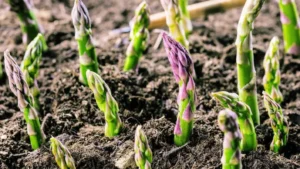
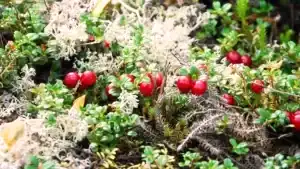
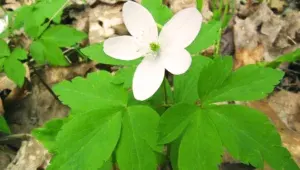
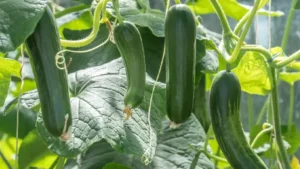

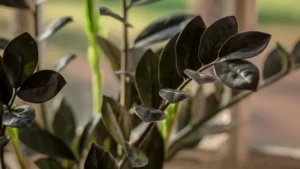
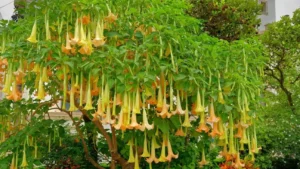

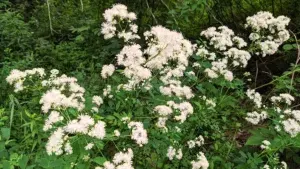
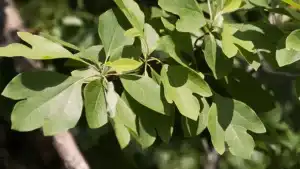
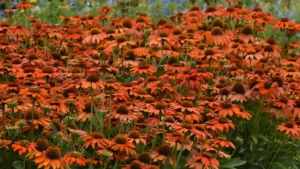

Leave your comment